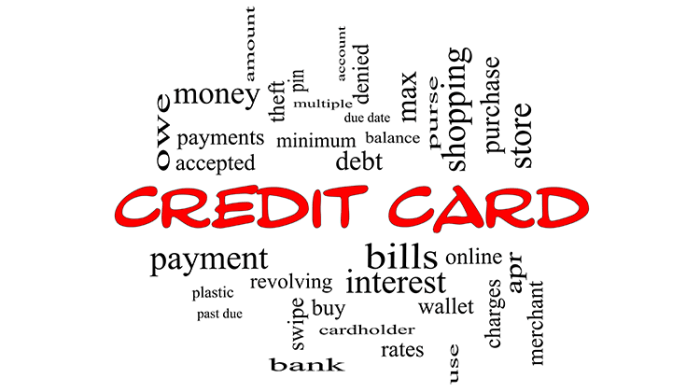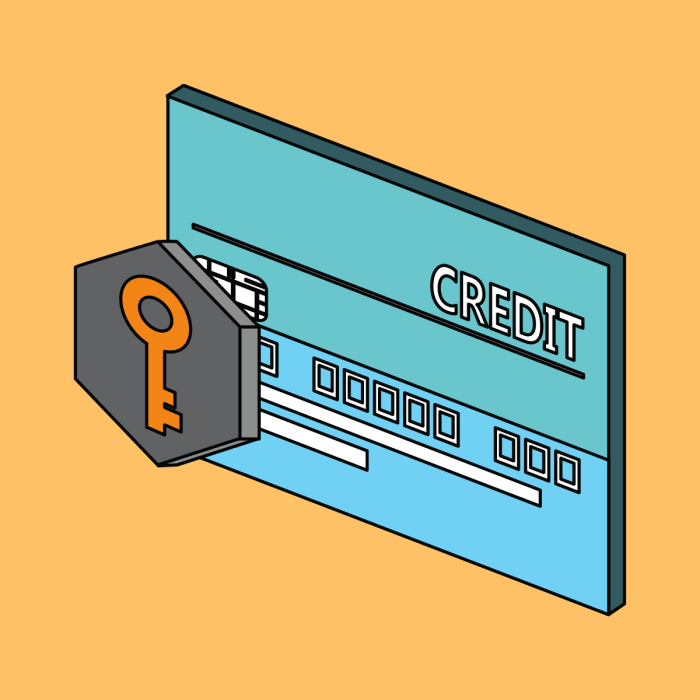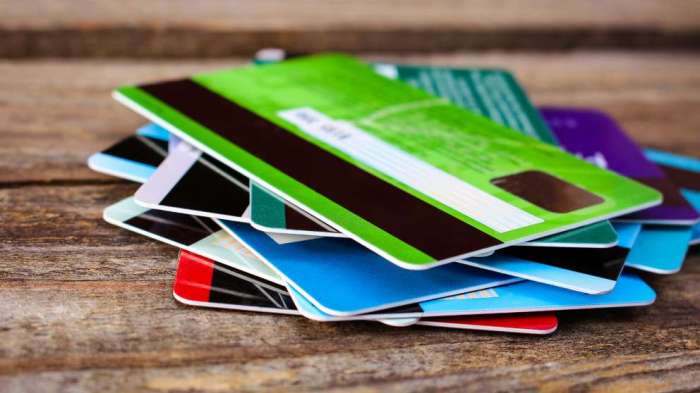Building a Strong Emergency Fund for Unexpected Expenses
Building a strong emergency fund to handle unexpected expenses is crucial for financial stability. Life throws curveballs—job loss, medical emergencies, car repairs—and without a financial safety net, these events can quickly spiral into significant debt. This guide provides a practical roadmap to establishing and maintaining an emergency fund, empowering you to navigate unforeseen circumstances with confidence and peace of mind.
We’ll explore strategies for saving effectively, managing debt, and protecting your hard-earned savings, ensuring you’re prepared for whatever life throws your way.
We’ll cover defining unexpected expenses, determining the ideal fund size based on your individual circumstances, and employing effective saving strategies. Furthermore, we’ll address managing debt while building your fund, safeguarding your savings, and regularly reviewing and adjusting your plan to reflect changing needs. Ultimately, building a strong emergency fund is an investment in your future security, offering a crucial buffer against financial hardship.
Determining the Ideal Emergency Fund Size
Building a robust emergency fund is crucial for financial security. The ideal size, however, isn’t a one-size-fits-all answer; it depends heavily on individual circumstances and risk tolerance. Understanding the various factors influencing this decision allows for a more personalized and effective approach to financial planning.Determining the appropriate size of your emergency fund involves considering your unique financial situation and potential risks.
While common advice suggests aiming for 3-6 months of living expenses, this is a starting point, not a rigid rule. Several methods exist to refine this calculation, leading to a more tailored and secure emergency fund.
Methods for Calculating Emergency Fund Size
Several approaches exist to determine the ideal emergency fund size. The most common method involves calculating 3-6 months of living expenses. However, individuals with higher risk profiles or specific circumstances might benefit from a larger fund. For example, self-employed individuals or those in industries with high job turnover might aim for a larger buffer, perhaps 6-12 months’ worth of expenses.
Factors Influencing Emergency Fund Size, Building a strong emergency fund to handle unexpected expenses
Several factors significantly impact the ideal size of an emergency fund. Job security plays a crucial role; those with stable, high-demand jobs may feel comfortable with a smaller fund compared to those in less secure positions or gig workers. Health conditions and associated medical expenses are another significant consideration. Unexpected illnesses or injuries can lead to substantial costs, necessitating a larger emergency fund.
Finally, the number of dependents also influences the required fund size. Supporting a family requires a larger financial cushion than supporting oneself.
Step-by-Step Guide to Calculating Emergency Fund Size
Calculating your required emergency fund involves a straightforward process.
- Calculate your monthly expenses: List all essential monthly expenses, including rent or mortgage, utilities, groceries, transportation, debt payments, and insurance. Avoid including non-essential expenses like entertainment or dining out.
- Determine your desired emergency fund coverage: Decide on the number of months’ worth of expenses you want to cover. Consider your job security, health status, and number of dependents. A range of 3 to 12 months is generally recommended.
- Multiply monthly expenses by the desired coverage: Multiply your total monthly expenses (from step 1) by the number of months of coverage (from step 2). This result represents the target size of your emergency fund.
- Assess current savings: Determine how much you currently have saved in your emergency fund.
- Calculate the shortfall: Subtract your current savings from your target emergency fund size. This represents the amount you need to save to reach your goal.
- Develop a savings plan: Create a realistic savings plan to gradually build your emergency fund. This might involve adjusting your budget, increasing your income, or both.
Example: If your monthly expenses are $3,000 and you aim for 6 months of coverage, your target emergency fund size is $18,000 ($3,000 x 6).
In conclusion, building a robust emergency fund is not merely a financial strategy; it’s a cornerstone of long-term financial well-being. By proactively planning and implementing the strategies Artikeld in this guide, you can significantly reduce financial stress and build a strong foundation for a more secure future. Remember, consistent effort and mindful financial management are key to achieving your emergency fund goals, providing the peace of mind that comes with knowing you’re prepared for the unexpected.
Take control of your financial destiny today and start building your emergency fund.
FAQ Guide: Building A Strong Emergency Fund To Handle Unexpected Expenses
How often should I review my emergency fund?
Ideally, review your emergency fund at least annually, or more frequently if you experience significant life changes (job loss, marriage, birth of a child, etc.).
What type of account is best for an emergency fund?
High-yield savings accounts are generally recommended due to their accessibility and competitive interest rates. Consider factors like FDIC insurance.
Can I use my emergency fund for non-emergency expenses?
No. Using your emergency fund for non-emergencies defeats its purpose. It’s crucial to maintain this fund solely for unexpected expenses.
What if I can’t afford to contribute to my emergency fund right now?
Start small! Even small, consistent contributions are better than none. Prioritize paying down high-interest debt before aggressively building your emergency fund.


